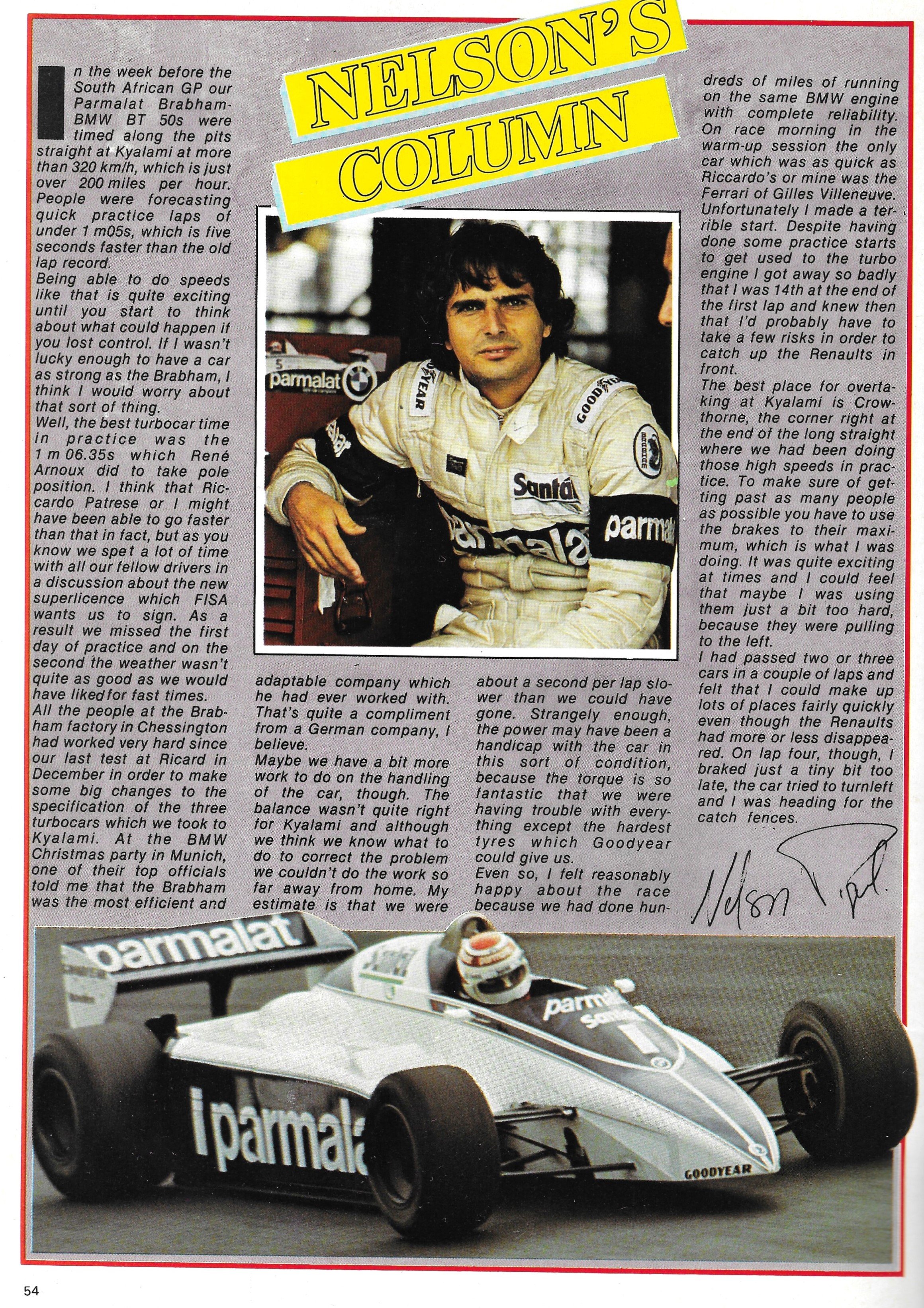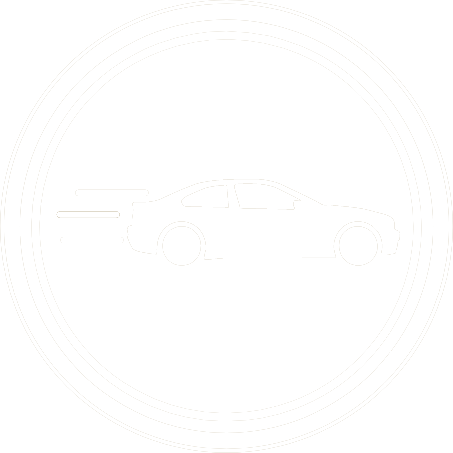
During practice for the 1977 German Grand Prix at the old Hockenheim circuit,Niki Lauda was timed at 180 mph (290 km/h) at the end of the straight before the first chicane,driving a Ferrari 312 T2.
According to the German publication, Auto Motor und Sport, August 1977 edition,this was the first time a Formula 1 car had been timed at this speed on a official closed circuit.
In 1977 all Formula 1 teams (except Renault) were utilizing 3000cc normally aspirated power plants.
In the case of the Ford Cosworth DFV,which produced around 465 hp (342 KW),or Lauda's Ferrari V12 which was developing some 500hp
(370 KW),terminal speeds were capped because of the very small increase of power outputs,year over year,at that time.
Also with the introduction of 'ground effect' skirts in 1977,cars were able to corner at higher speeds due to the 'vacuum effect' but did not help top speeds.
Until the implementation of the 1500cc turbo engine,that is.
Jean-Pierre Jabouille in his Renault RE 20 was timed at 186 mph (301 km/h) at Paul Ricard during practice for the 1980 French Grand Prix.Renault were able to increase power output measureably,year over year.
But the honor of the first Formula 1 car to clock 200 mph (320 Km/h) was in fact the Brabham-BMW BT50.
Yes,BMW had now joined the turbo brigade.Driven by Nelson Piquet during testing before the 1982 South African Grand Prix at Kyalami.
This speed was reached at the end of the straight before Crowthorne corner.Which was repeated again during the single day of practice,one day before the race.
The turbocharged 4 cylinder BMW engine was producing an estimated 560 hp(412 KW).
The competition however,were not sleeping.
According to Grand Prix International magazine,July 1982 edition,Rene Arnoux in a Renault RE 30B had reached 201 mph (324 Km/h) at the end of the Mistral straight during the first few minutes of practice for the 1982 French Grand Prix.
Which was beaten by Didier Pironi in his Ferrari 126 C2 at 205 mph (330 Km/h) shortly thereafter.
Only to be upstaged in the speed trap by Patrick Tambay before the end of qualifying,who had been running with an experimental rear wing on his Ferrari 126 C2.
This was just the beginning of a new dawn for turbocharged engine development in Formula 1.
Written by Kenneth Neuse,your All Things Motoring International Correspondent,in Charlotte,North Carolina.











